Move to avert central power crisis
A multi-billion dollar electricity complex in the central province of Ha Tinh has been proposed as a way to meet an expected rise in the central region’s power demands over the next few years.
Le Van Chat, chairman of Ha Tinh People’s Committee, told Vietnam Investment Review that the proposed Vung Ang power complex would be fuelled by coal with a 3,000 MW capacity to supply electricity for the central region, particularly the Vung Ang Economic Zone.
The first thermo-power plant will be built in Vung Ang by Lilama Corporation with designed capacity of 600 MW at a cost of $630 million, the company said on its website.
Two other plants are slated for the Vung Ang area in the form of a build-operate-transfer, build-operate or build-transfer model, the government said in a dispatch released last week, conveying prime minister Phan Van Khai’s ideas on ways to prevent power shortages.
The planned power plants in Vung Ang are expected to supply electricity for new factories to be built in the area. Vung Ang already has a deep sea port and an industrial park, and Chat said the province had proposed that the government turn the area into an economic zone (EZ) with open and preferential policies similar to those that are being applied to Dung Quat, Chu Lai and Nhon Hoi EZs.
“We expect the government to give the final decision on the transformation of Vung Ang into an economic zone by the end of this year,” said Chat.
The Vung Anh power plants will also provide electricity for the exploitation of Thach Khe iron ore and a huge steel producing complex that is estimated to cost more than $4 billion to build and operate.
It is not only in the Vung Ang area that new industrial factories are demanding larger amounts of electricity for operation. Electricity demand is expected to grow 16 per cent over the coming years to fuel an economic growth of 8 per cent, forcing the government to pull out all stops to ensure sufficient power supplies.
The electricity blackout the country experienced earlier this year and a possible power shortage predicted for 2006 and 2007 has prompted the government to speed up construction of both hydro and thermal power plants.
The state utility Electricity of Vietnam (EVN) said power supply
In a government meeting held two weeks ago to discuss measures to cope with possible power shortages in the next two years, prime minister Khai asked the Ministry of Industry to quickly approve the development plans for two other electricity centres, namely Nhon Trach of southern Dong Nai province and Mong Duong of northern Quang Ninh province.
The Nhon Trach complex will have its first 450 MW-plant invested by PetroVietnam while Mong Duong 1 will be bankrolled by EVN and the 1,000 MW-Mong Duong 2 will be financed by Vietnam Coal Corporation.
Khai pushed for a bidding process on the other plants including Nghi Son 1, 2 and 3 of central Thanh Hoa province and Omon 3 and 4 of southern Can Tho city to be sped up.
He also agreed to give special policies to construction of other extended thermo power plants, including Uong Bi 2, Quang Ninh 2, Haiphong 2, Cam Pha 2 and Ca Mau 2, which are invested by EVN, PetroVietnam and three shareholding companies.
A number of hydro power plants are under construction or to be built across the country to ensure sufficient power supply, the biggest among them is the Son La hydro-power plant which costs around $3 billion to build.
According to the government’s strategy to develop power supply from to 2010 with a vision toward 2020 approved last October, priority will be given to the development of hydro-power plants. Over the next 20 years, hydro-power plants will be built in any relevant area and the total capacity of power plants in 2020 is expected to reach between 13,000 to 15,000 MW.
Thermal power plants will be developed according to the supply and distribution of materials. Coal-fuelled power plants should reach 4,400 MW in 2010 and between 2011 and 2020 should produce 4,500 to 5,500 MW. Gas-fuelled power plants should produce 7,000 MW in 2010 and from 3,500 to 7,000 MW between 2011 and 2020. Preparations should also be ready to build the first nuclear power plant with a designed capacity of 2,000 MW.
What the stars mean:
★ Poor ★ ★ Promising ★★★ Good ★★★★ Very good ★★★★★ Exceptional
 Tag:
Tag:
Related Contents
Latest News
More News
- Mitsubishi Estate launches Logicross Hai Phong - a milestone in logistics evolution (November 20, 2024 | 14:32)
- Semiconductor workforce partnerships deliver industry-relevant training (November 20, 2024 | 10:58)
- German Quickpack to invest $31.7 million in Long An province (November 20, 2024 | 09:31)
- Foreign-invested enterprises drive logistics investment in the southeast region (November 20, 2024 | 09:27)
- Chile visit underscores trade benefits (November 19, 2024 | 10:00)
- Trump’s second term impacts sci-tech activities and industry 4.0 technologies (November 18, 2024 | 10:00)
- Vietnam eyes nuclear revival to bolster energy security (November 14, 2024 | 16:46)
- Kyokuyo completes $13.5 million seafood factory in Vietnam (November 14, 2024 | 12:19)
- VinFast receives $3.5 billion funding from Vingroup and Pham Nhat Vuong (November 14, 2024 | 06:38)
- Localities sprint to reach FDI targets (November 13, 2024 | 10:00)


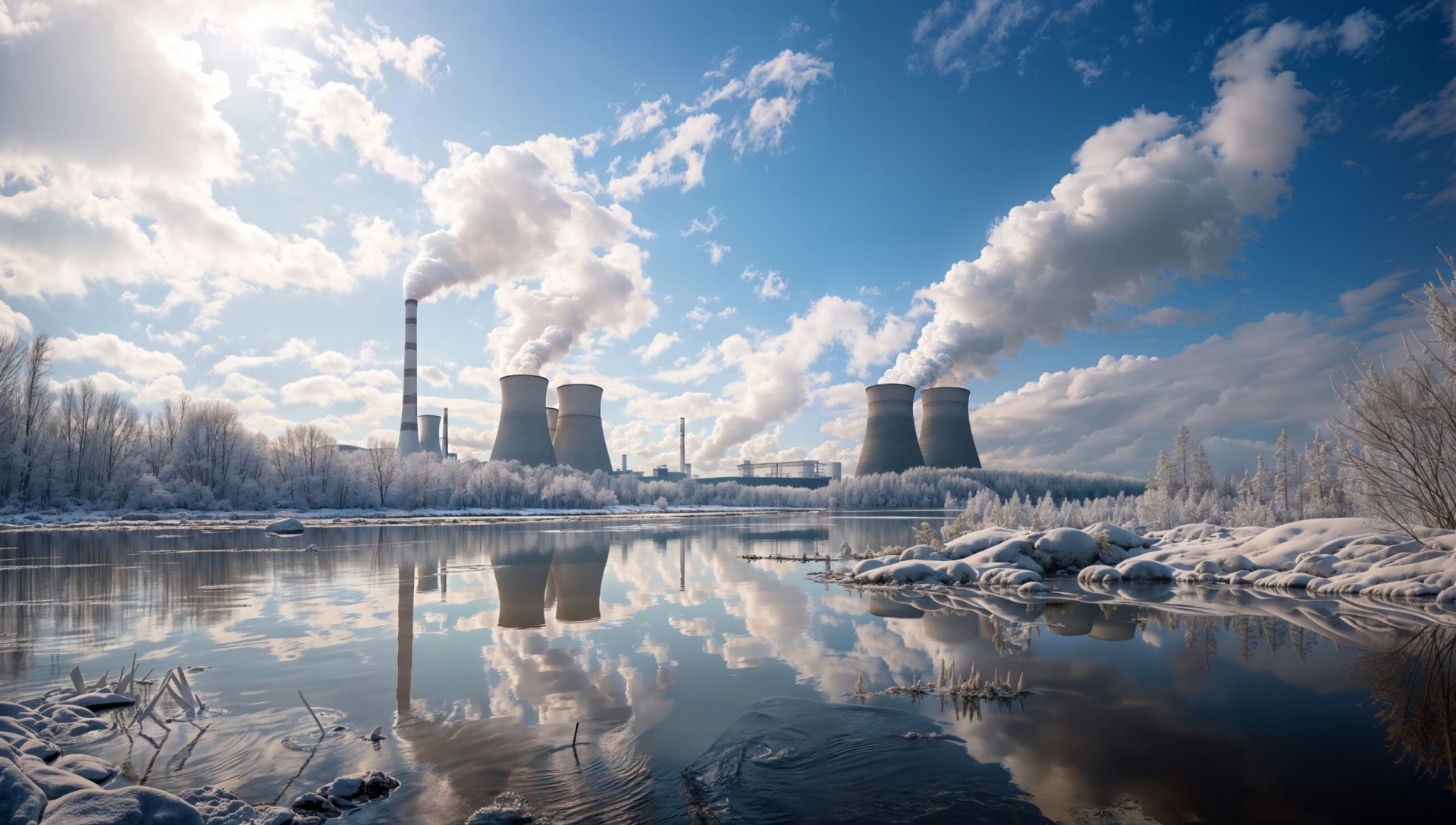
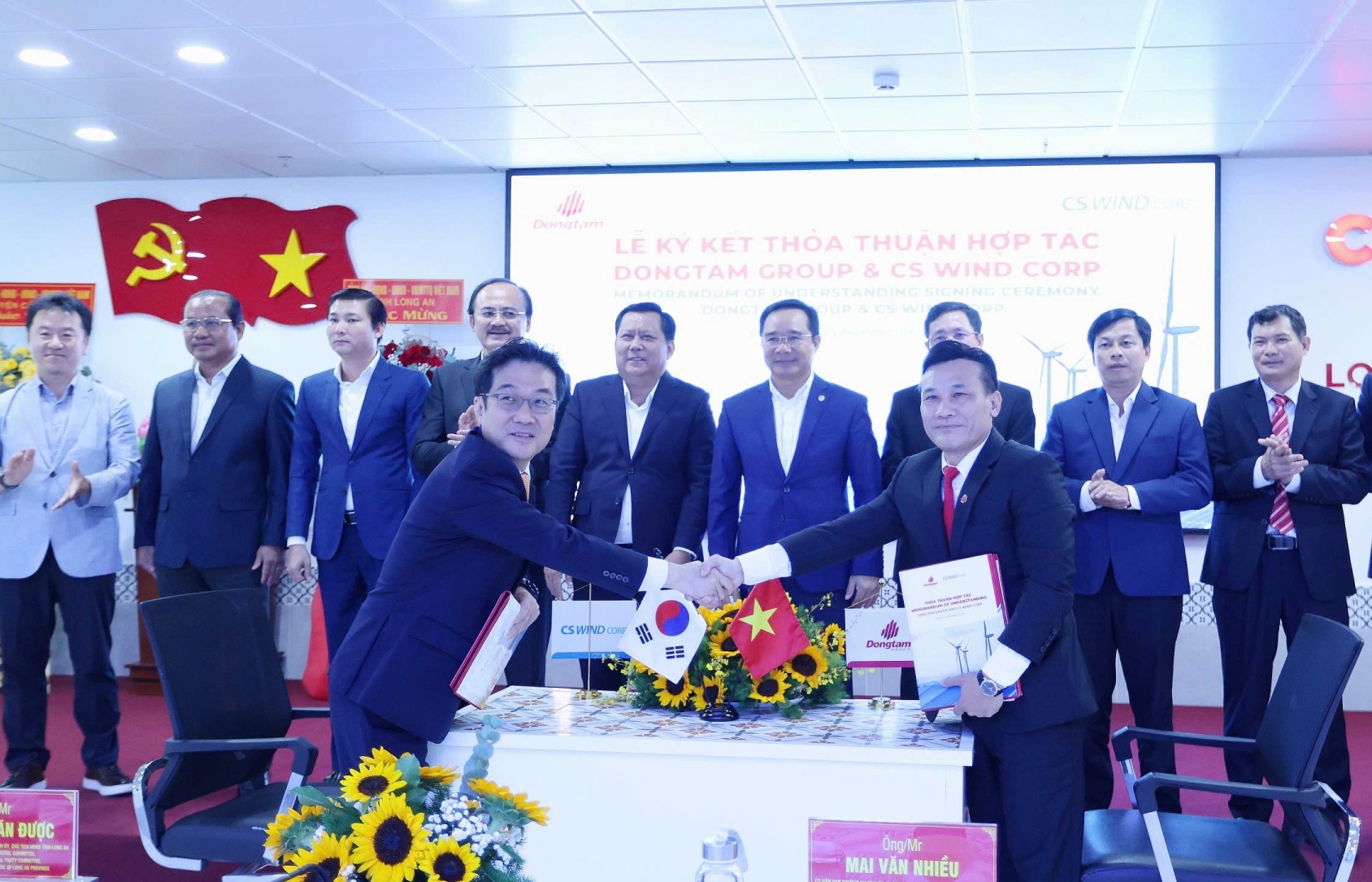
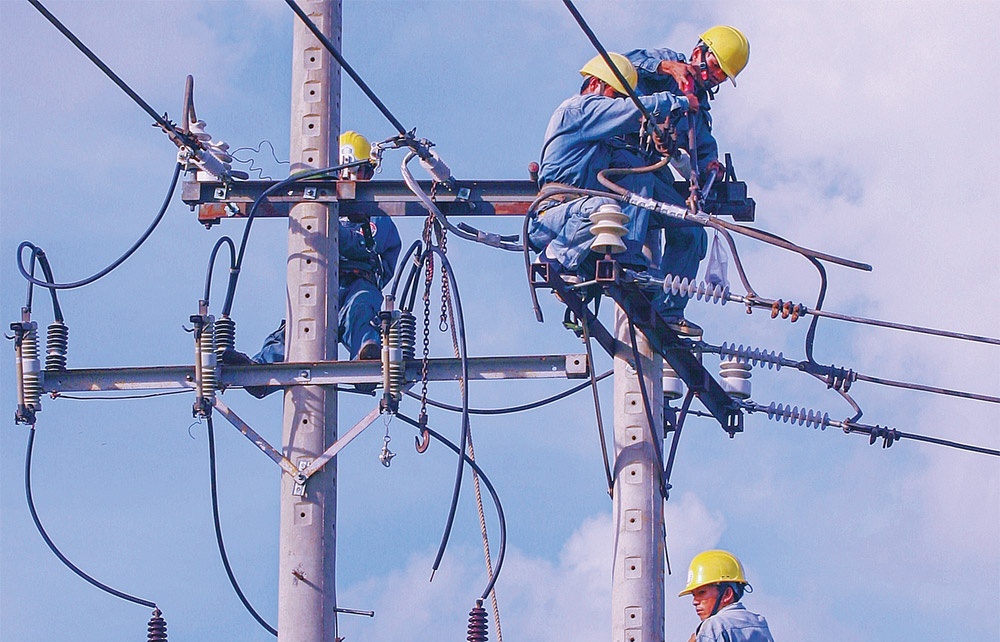

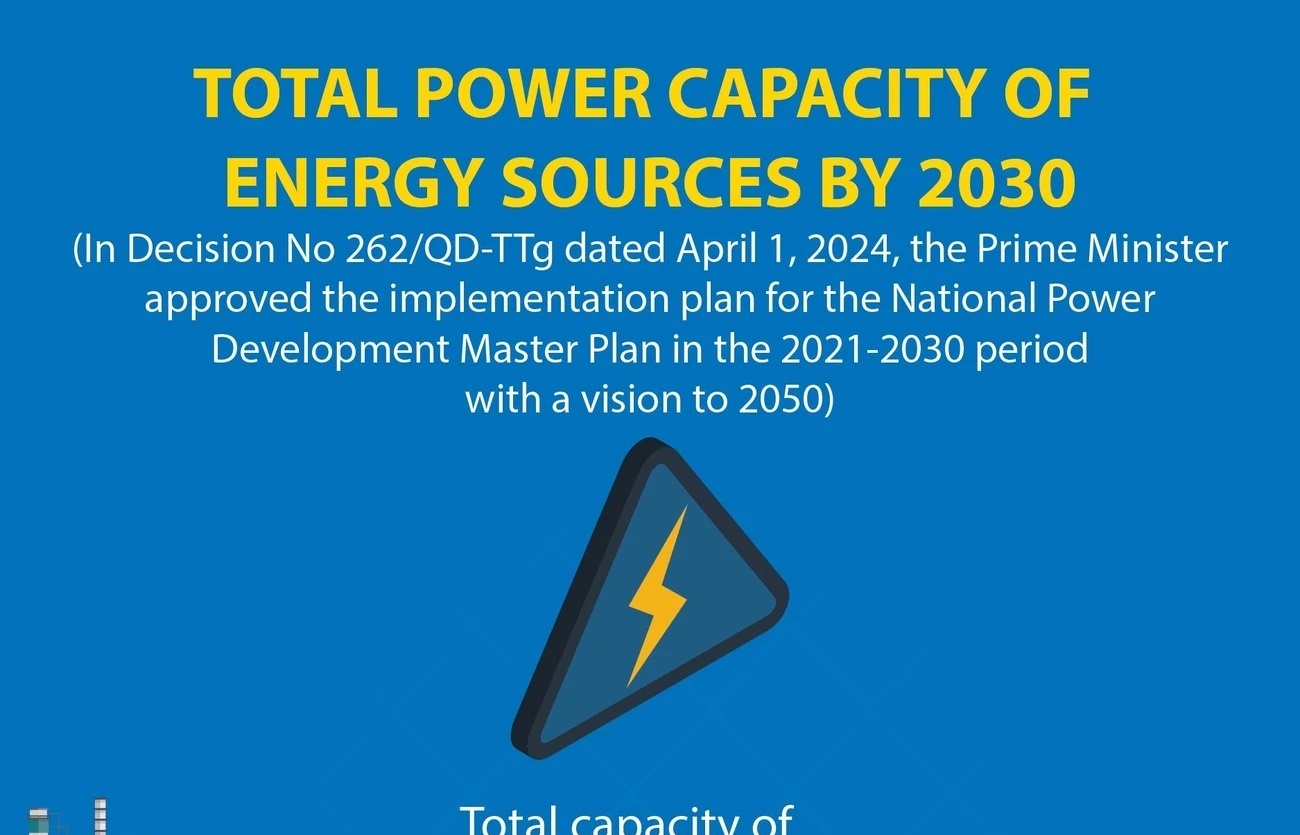
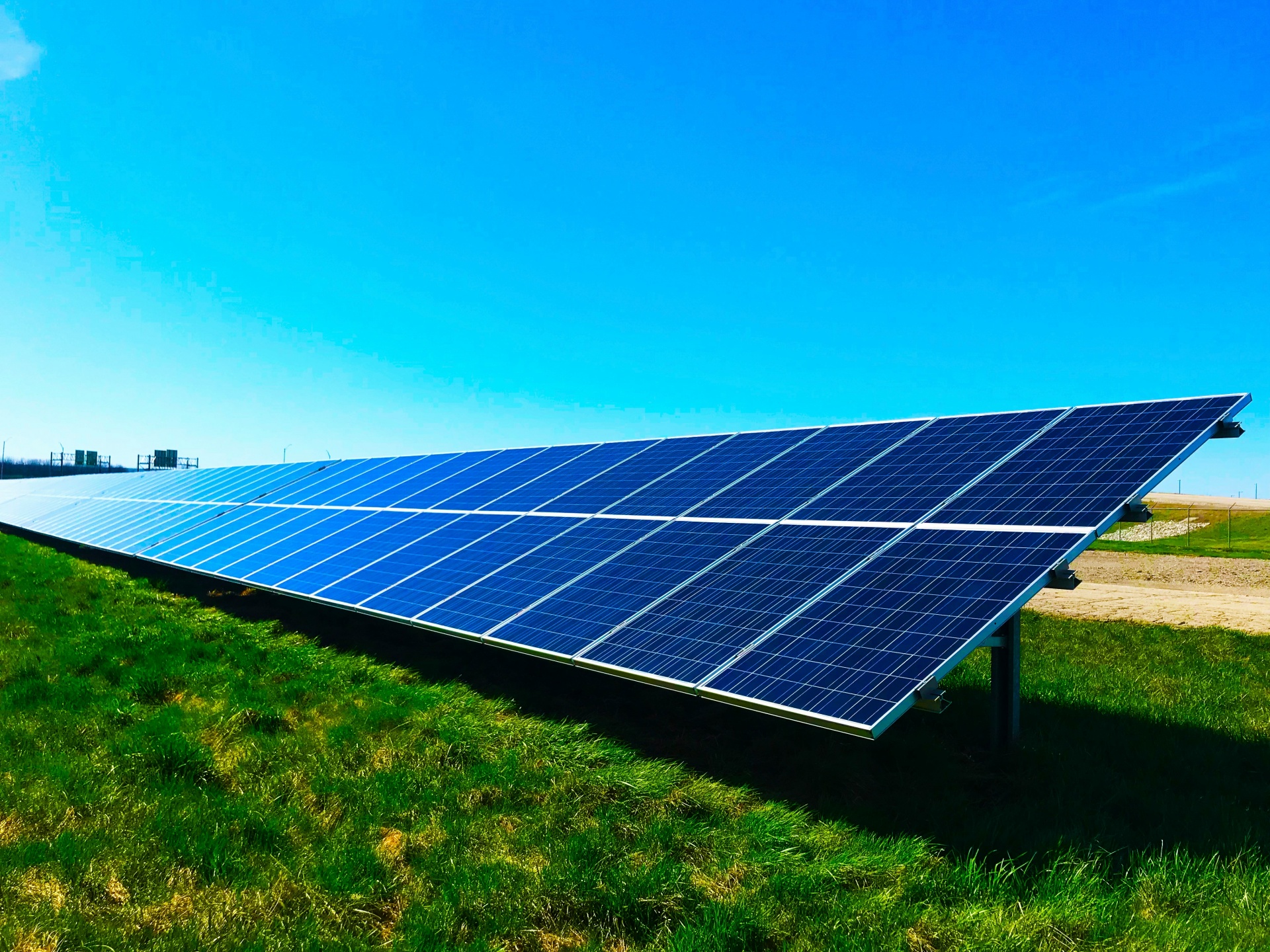
















 Mobile Version
Mobile Version